
At first, walking into Amazon’s new midtown Manhattan building feels just like entering any slick corporate office in the neighborhood. But pass the glowing marble-lined lobby and take the elevator to the fifth floor, and you suddenly find yourself surrounded by a bustling warehouse.
This facility is Amazon’s secret weapon that makes it possible to deliver packages in as quickly as an hour to locations in Manhattan, certain areas of Brooklyn, and Long Island City in Queens. New York is one of 20 cities across the U.S. where Amazon Prime Now, the company’s ultrafast delivery service, is available. Amazon customers who pay $99 a year for a Prime account can shop for anything from Ben & Jerry’s ice cream to last-minute Christmas gifts with near-instant delivery. The company even plans to play Santa Claus this holiday season, delivering packages just before midnight on Christmas Eve. This is especially important as Amazon gears up for what may be its biggest holiday season ever, as it’s expecting sales to grow between 14% and 25% compared to Q4 2014.
Look Inside Amazon’s New York City Warehouse
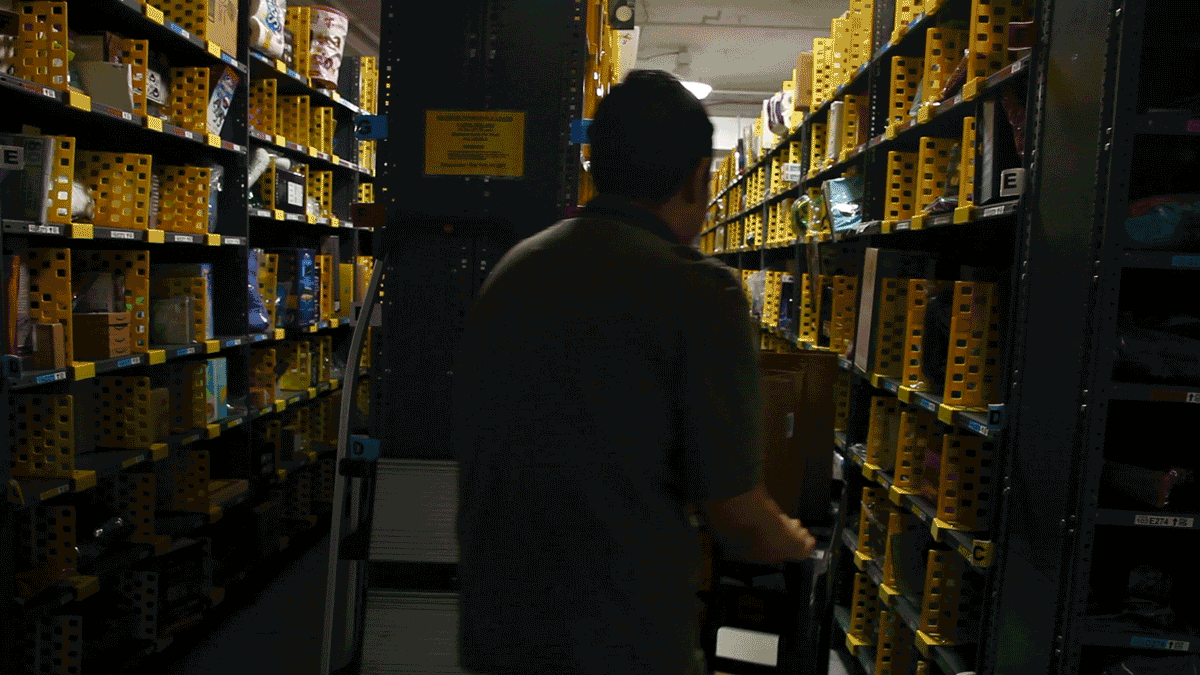
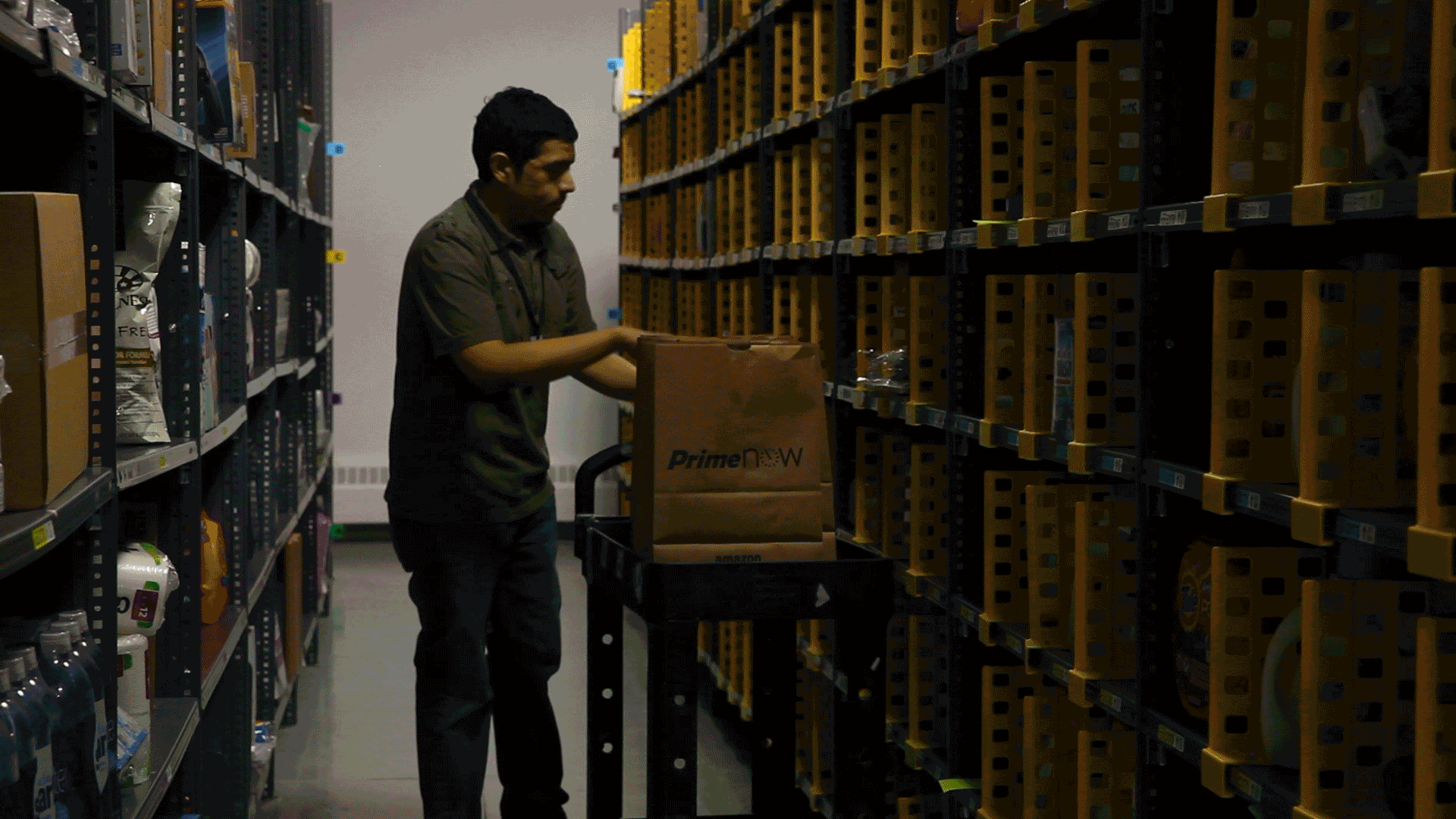
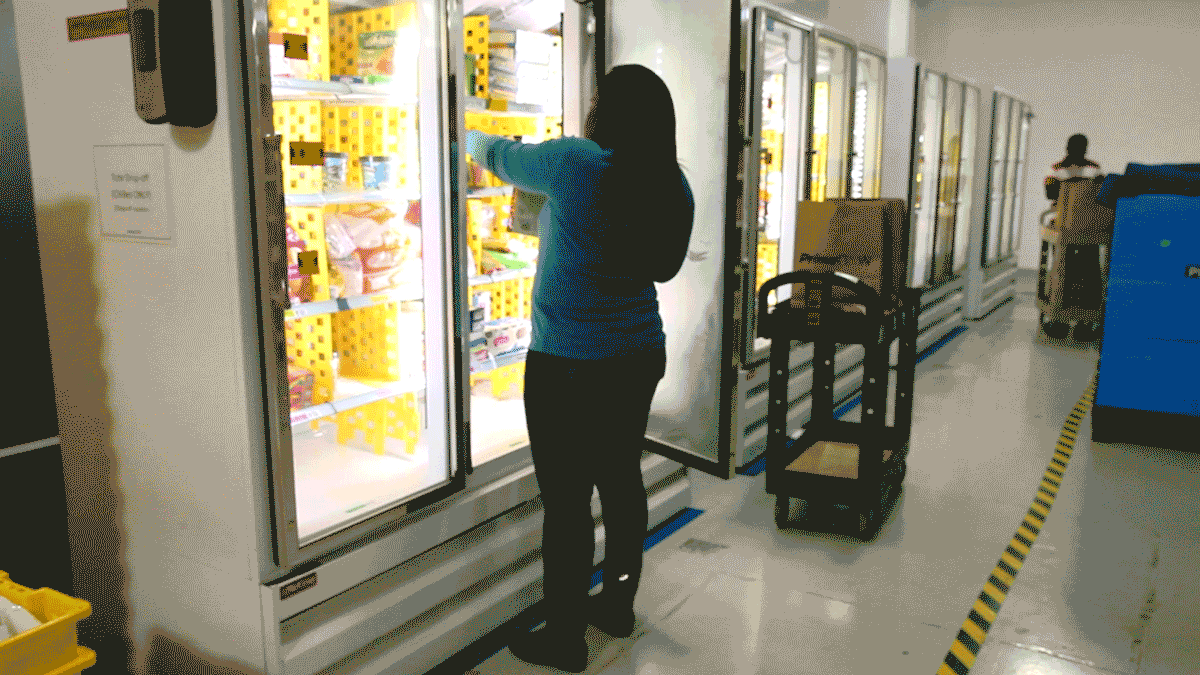


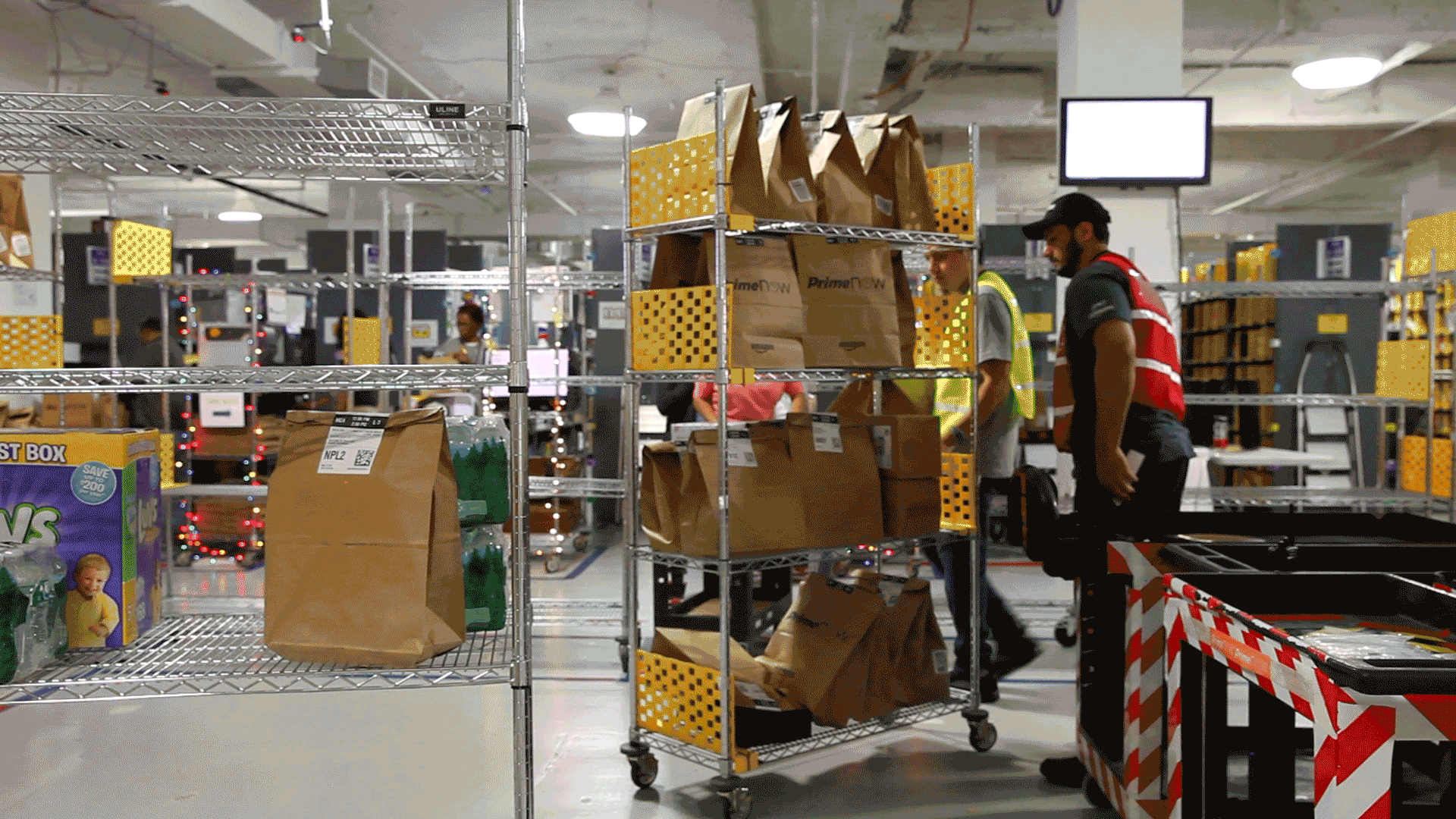
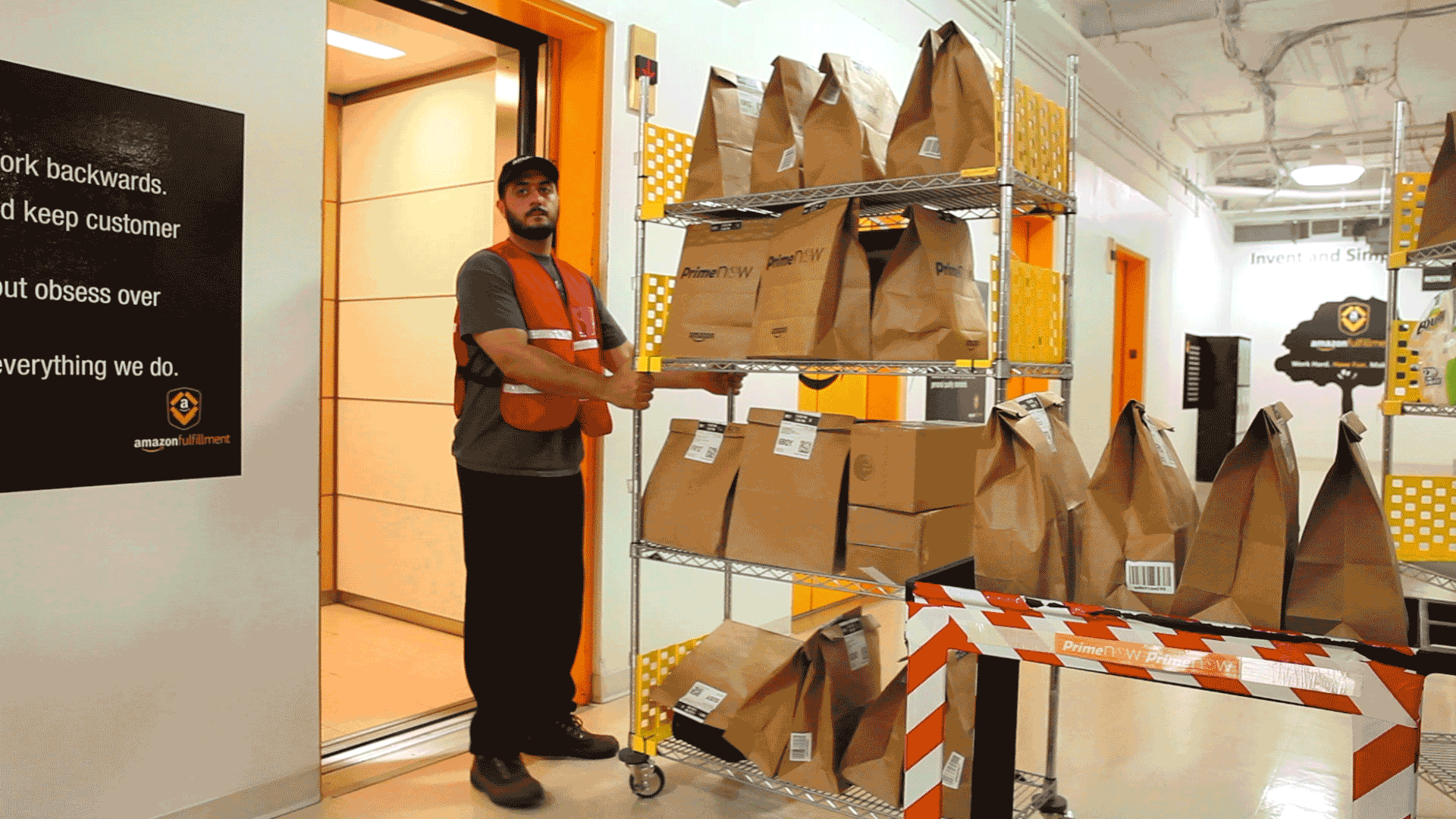
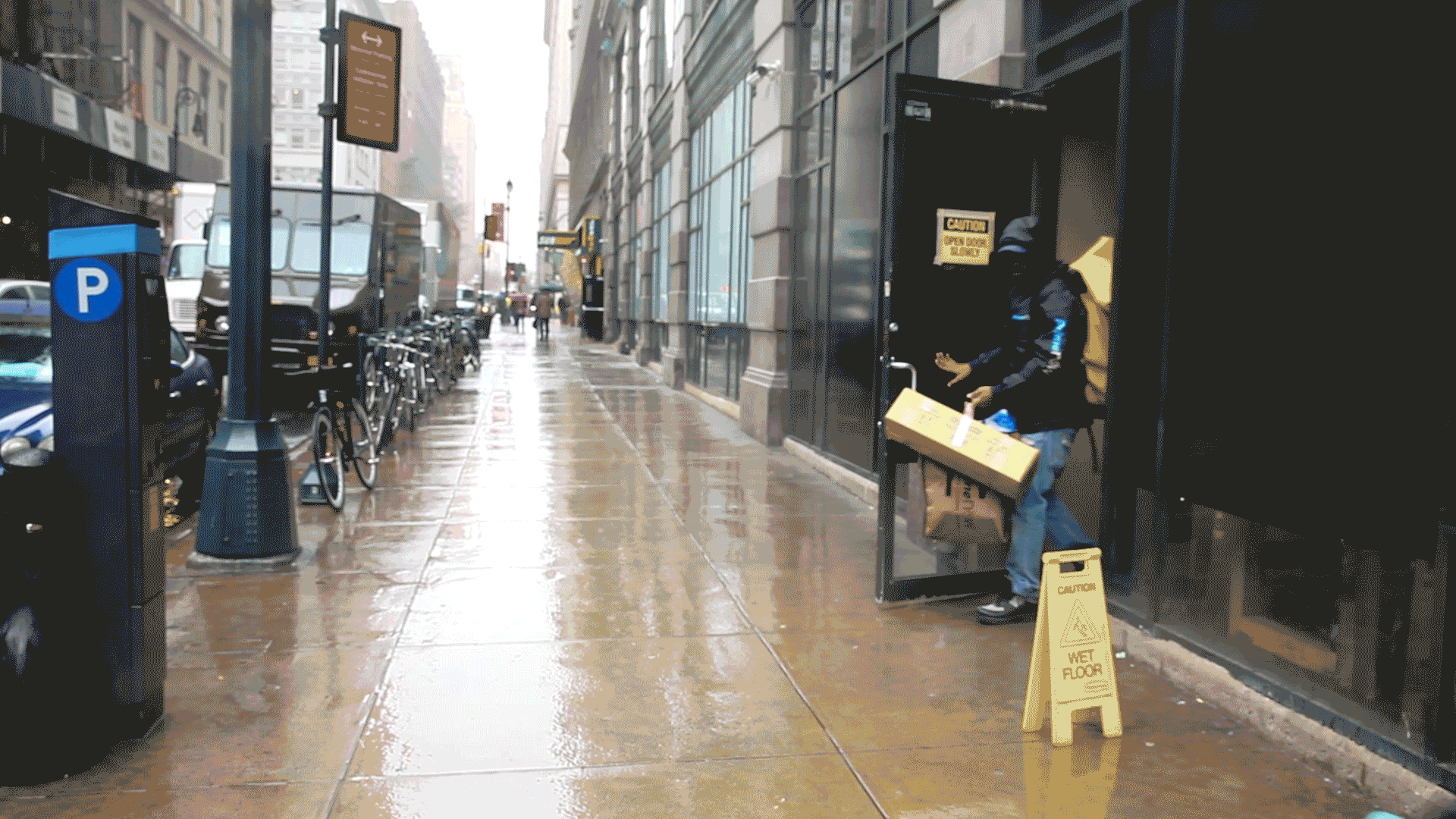
It’s borderline unbelievable that Amazon employees can find what they’re looking for in this 40,000 square foot storehouse, even though it’s a fraction of the size of the company’s 1.2 million square foot Phoenix facility. Bottles of Gatorade are stocked right next to children’s books, granola bars share a shelf with tech gadgets. It’s like looking at a foreign language that shares English’s Latin alphabet: The ingredients are familiar, their arrangement is not.
“To the untrained eye it may look random,” says Stephenie Landry, Amazon’s worldwide director of Prime Now. Yet Amazon’s “pickers,” employees who locate and package items for each order, move decisively and swiftly as they work. Their pace quickens still at the sound of a gong, the starting gun in the race to complete a one-hour delivery.
It’s tempting to think of the pickers as similar to New York City’s veteran cabbies, all with maps of their territories seemingly baked into their brains. But like many of today’s taxi drivers, their hunt is is aided by technology. “We have high-tech algorithms that we have taken from our normal fulfillment centers, and we use them in this smaller building,” says Landry. “It takes the picker on the fastest path possible to grab all of the items.”
This combination of human dexterity and technology makes it possible for Amazon to get items out the door almost immediately after an order is placed. Speed is particularly essential for one-hour deliveries, as most of the 60-minute window may be needed for travel — especially here in New York, with its unpredictable traffic and public transportation jams.
“Where we gain the efficiency is actually getting the stuff really quick,” says Landry. “So we don’t need to spend time worrying about how to arrange [items]; we spend time worrying about how to get it in a bag really fast and out to customers.”
Once the items are packed and ready to be delivered, they’re handed off to couriers for delivery. These couriers are a mix of Amazon’s own employees as well as professional delivery services that Amazon has partnered with. The courier’s job is to get the order to the recipient as quickly as possible, especially if it’s a one-hour delivery. This means couriers will often deliver packages by foot, bicycle, public transportation, or car depending on which mode of transportation is the fastest.
Only a fraction of the items Amazon sells are stored at its smaller facilities. Typically, the New York location is full of household products like groceries as well as seasonal items. In the winter, for instance, you’re more likely to find shovels and ice scrapers on the shelves. That will change in the spring, when customers are looking for garden hoses and leaf blowers. One new addition: Various types of alcohol, ready for one-hour delivery throughout Manhattan.
“The things that are ordered in general for ultrafast [delivery], whether that be one hour or two hours, are things that people don’t associate with Amazon today,” says Landry. “The things we choose to sell are changing all the time.”
While Amazon dominates the online retail space, its on-demand delivery service has plenty of competition from a host of startups. Postmates promises deliveries in under an hour from a wide range of stores in more than 100 cities around the country. Car-hailing service Uber is dipping its toes into the delivery pool with UberRush, a similar service. Instacart is another startup that allows customers to schedule a grocery delivery in as quickly as an hour.
For its part, Amazon says it’s staying focused on the future. The company is eyeing even quicker delivers made possible by package-hauling drone aircraft, despite logistical and regulatory challenges. Through Prime Air, Amazon hopes to get orders from warehouse to recipient in 30 minutes or less.
“Ten years ago people thought two-day shipping seemed really fast,” Landry said. “We think two-hour shipping and one-hour shipping will be the standard.”
More Must-Reads From TIME
- The 100 Most Influential People of 2024
- Coco Gauff Is Playing for Herself Now
- Scenes From Pro-Palestinian Encampments Across U.S. Universities
- 6 Compliments That Land Every Time
- If You're Dating Right Now , You're Brave: Column
- The AI That Could Heal a Divided Internet
- Fallout Is a Brilliant Model for the Future of Video Game Adaptations
- Want Weekly Recs on What to Watch, Read, and More? Sign Up for Worth Your Time
Contact us at letters@time.com